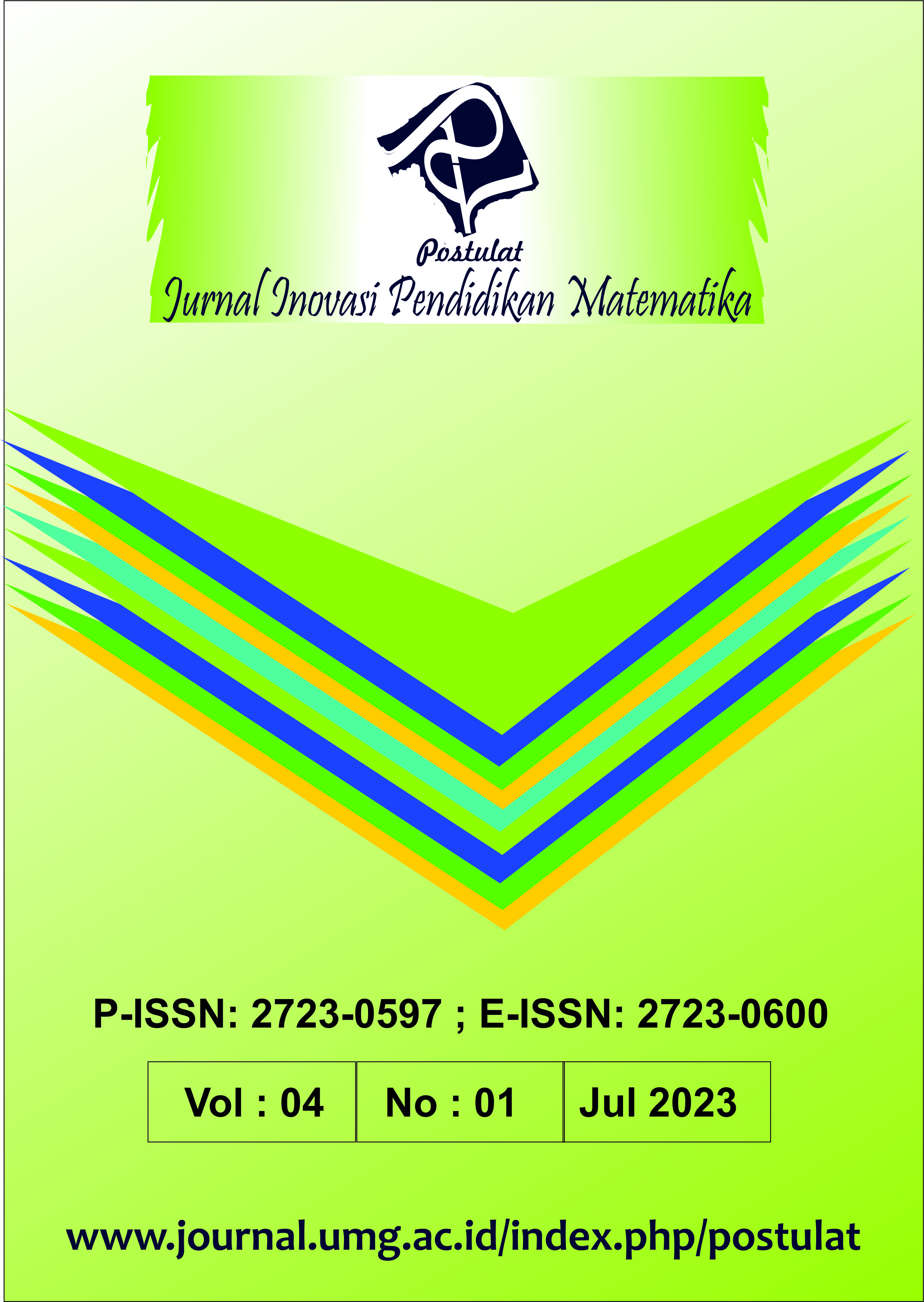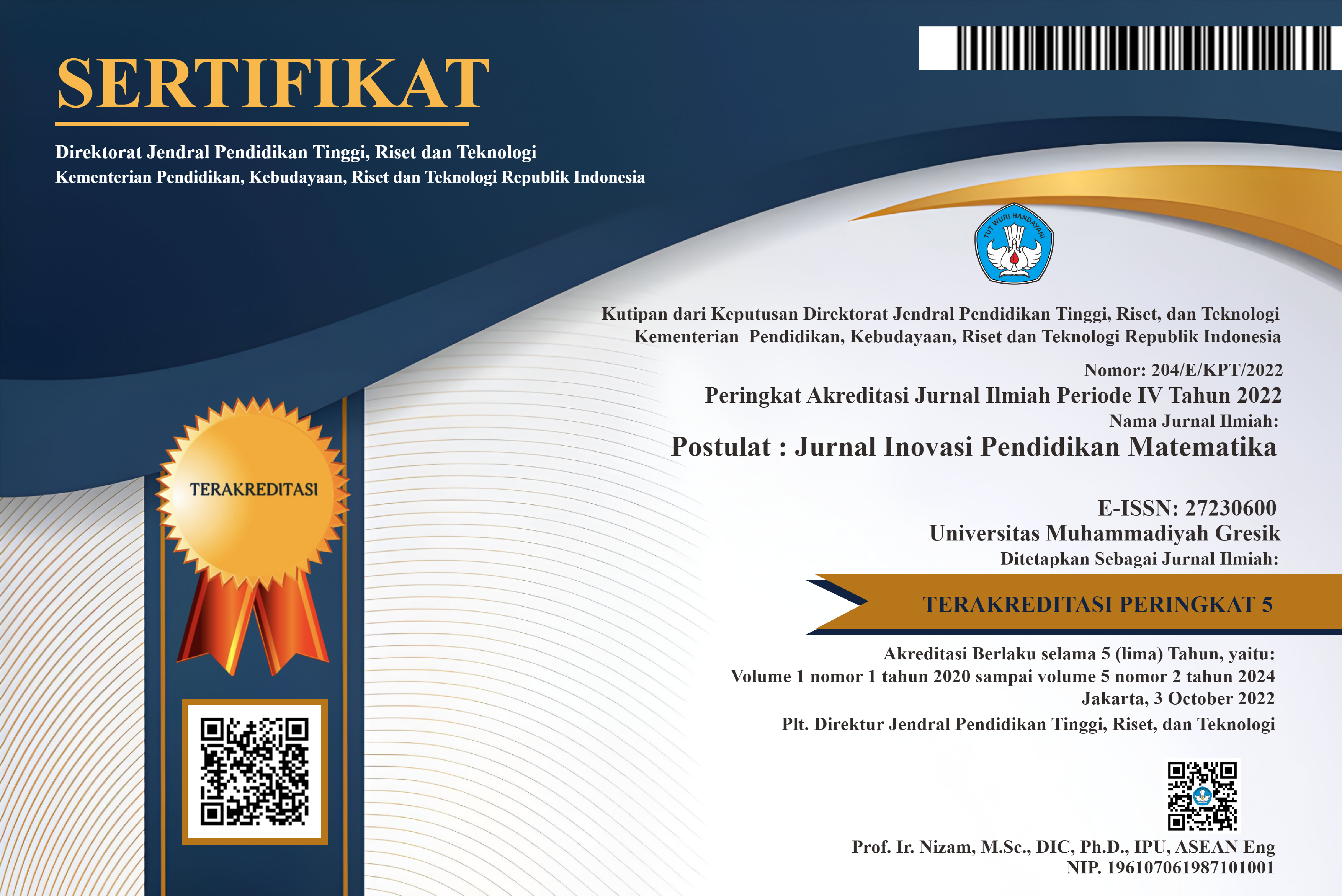Sistem Informasi Pengelolaan Sumber Daya Manusia dengan System Development Life Cycle (SDLC)
DOI:
https://doi.org/10.30587/postulat.v4i1.5288Keywords:
Human Resources, Information System, SDLCAbstract
Human resources (HR) are the only resources that have feelings, desires, skills, knowledge, encouragement, power, and work. All of these potential human resources affect the organization's efforts in achieving its goals. Advances in technology, development of information, availability of capital and adequate materials. Therefore, an HR information system is needed, in this study an information system was developed which has a function to archive data for lecturers, employees, identity archive data, education archive data, and training archive data. The purpose of developing this system is to make it easier for HR staff to manage HR archive data so that they can speed up data processing and produce information. The method used is the system development life cycle (SDLC), which has stages of planning, analysis, design, implementation of trials, and management. The programming language used is PHP and the database system uses MySQL. The results can display information about lecturer data, employee data, identity archive data, education archive data, training archive data, activity archive data and can be printed in the form of a recap in the form of a report.
References
Hastuti, N. F. (2013). Pemanfaatan Metode K-Means Clustering Dalam Pnentuan Peneriman Beasiswa. Surakarta: Universitas Sebelas Maret.
Hitayatullah, P., & Kawistara, J. K. (2014). Pemrograman Web. Bandung: Informatika Bandung.
Kusuma, V. M. (2017, Juni). Implementasi Metode Fuzzy Subtractive Clustering Untuk Pengelompokkan Data Potensi Kebakaran Hutan/Lahan. Jurnal Pengembangan Teknologi Informasi dan Ilmu Komputer, 1, 878.
Lutvi, & Putro, L. S. (2013). Penerapan Kombinasi Algoritma Minhash dan Binary Hamming Distance pada Hybrid Perekomendasian Lagu. JURNAL ITSMART, VOL 2 NO.1.
M. Agustin, F. E., Fitria, A., & Hanifah, A. (2015). Implementasi Algoritma K-Means Untuk Menentukan Kelompok Penggayaan Materi Mata Pelajaran Ujian Nasional (Studi Kasus : SMP Negeri 101 Jakarta).
Metisen, B. M., & Sari, H. L. (2015). Analisis Clustering Menggunakan Metode K-Means Dalam Pengemlompokan Penjualan Produk Pada Swalayan Fadhila. Jurnal Media Infotama, XI, 110-118.
Rochmawati, Y., & Kusumaningrum, R. (2016, April). Studi Perbandingan Algoritma Pencarian String dalam Metode Approximate String Matching untuk Identifikasi Kesalahan Pengetikan Teks. Jurnal Buana Informatika, 7, 127.
Sari, C. A., & D, D. S. (2014). Kluster K-Means Data Mahasiswa Baru Terhadap Program Studi Yang Dipilih.
Sugiarti, Y. (2013). Analisis & Perancangan UML (Unified Modeling Language) Generated VB.6. Yogyakarta: Graha Ilmu.
Sutrisno. (2014). Pembuatan Aplikasi Pos (Point Of Sale) Berbasis PHP dan MySQL. Surakarta.
Suyatno. (2017). Data Mining Untuk Klasifikasi dan Klasterisasi Data. Bandung: Informatika Bandung.
Yuniarti, K. C. (2012). Analisis Sistem Pengendalian Internal Siklus Pendapatan (Studi Kasus pada PT Catenz Indonesia Cabang Surakarta, Jawa Tengah). Salatiga.












